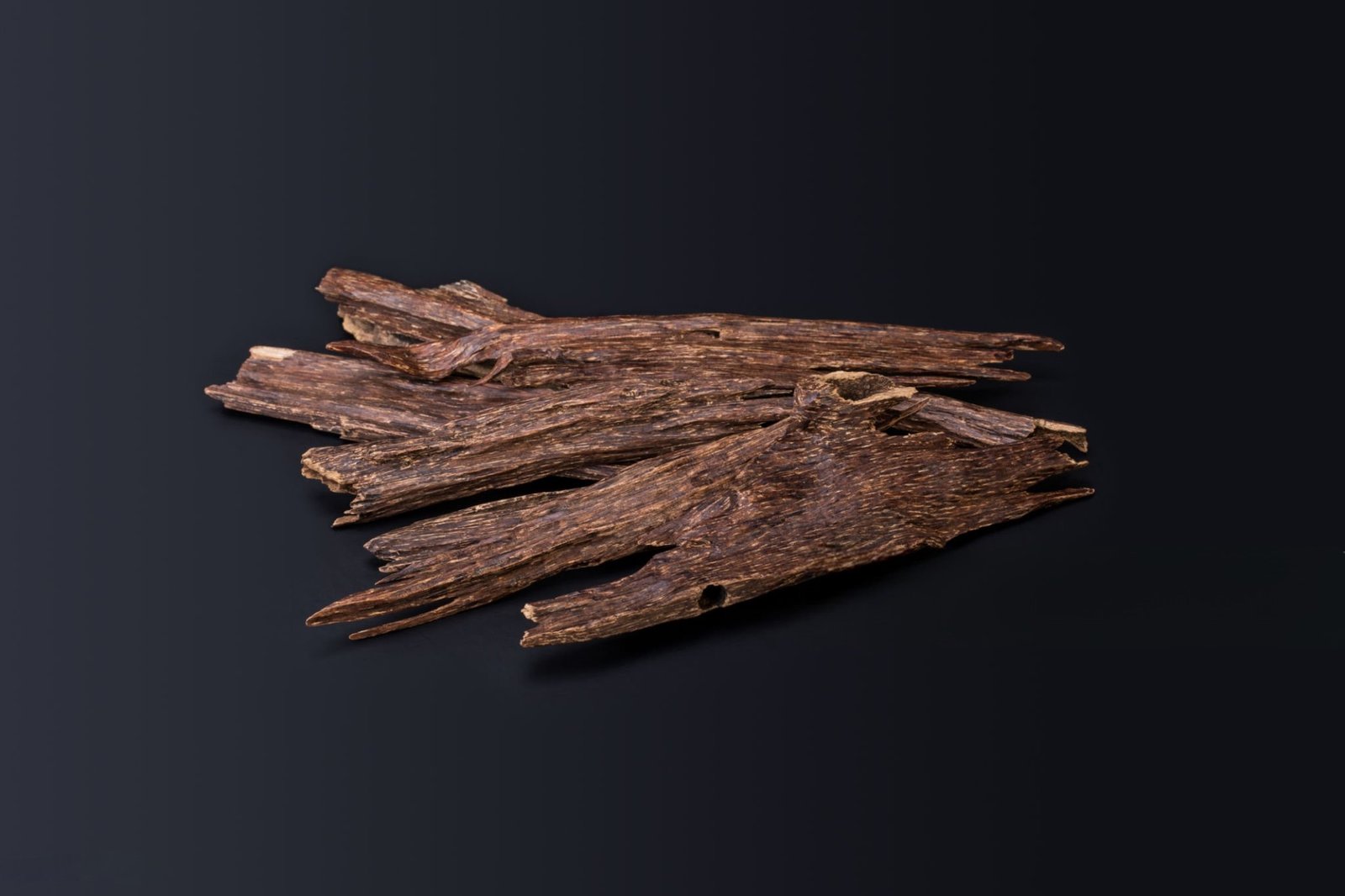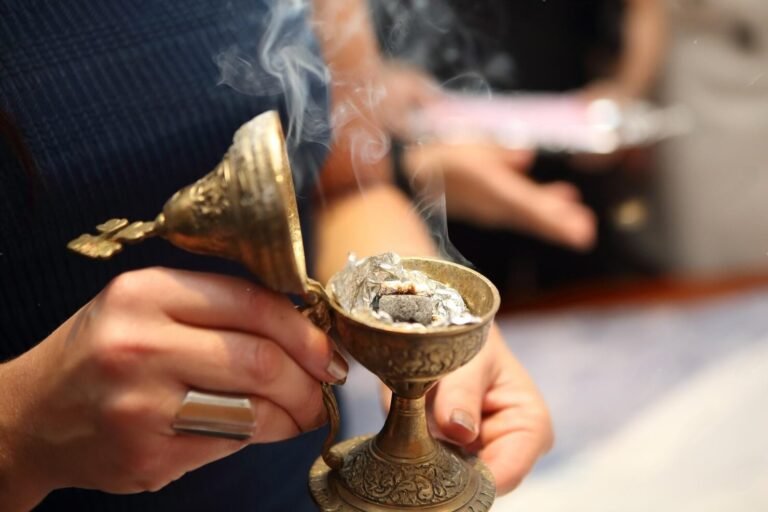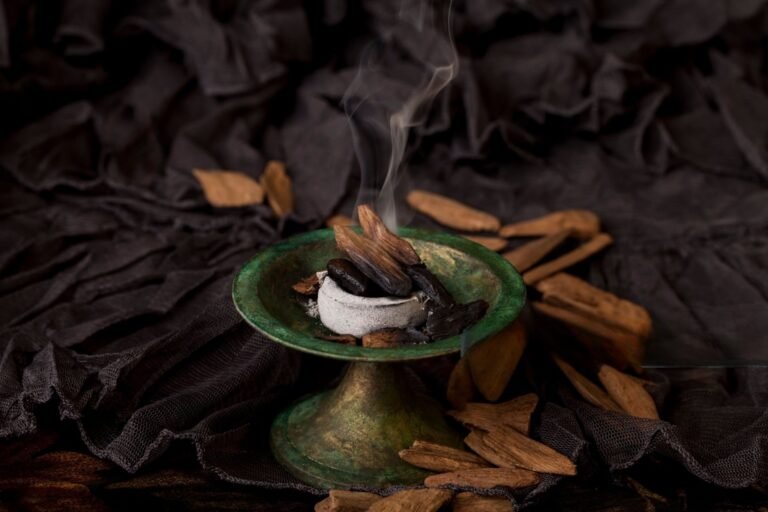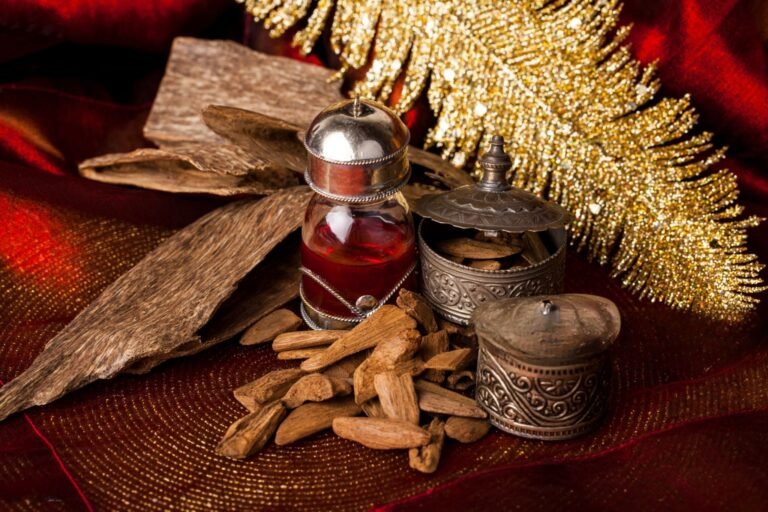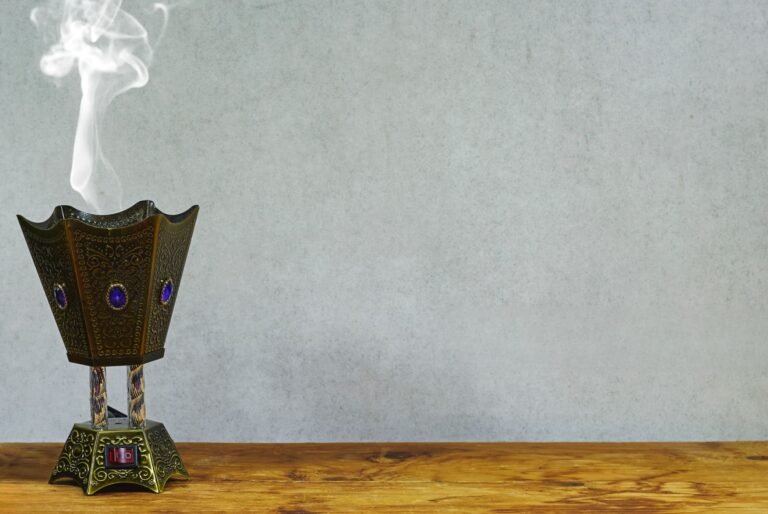Incense Wood: A Time-Honored Treasure of Fragrance
Throughout countless years, incense wood, owing to its unique scent and rarity, has served as a symbol of religious rites, opulence, and cultural exchange. Its mystical aroma weaves through the tapestry of human civilization, manifesting in the Sanskrit scriptures, the routes of vast trade caravans spanning the Silk Road, and the literary elites of the Song Dynasty, as well as the opulent courts of Middle Eastern empires. Today, we embark on a journey to unveil the mysterious layers of this “sinking water fragrance”, diving into its trade stories and cultural code.

Global Trade: From Tropical Rainforests to the Silk Road
The trade network of agarwood embodies the essence of ancient globalization:
- Origin: Primordial forests in tropical Southeast Asia (Vietnam, Cambodia, Borneo, etc.).
- Consumption regions: Royal and religious centers in the Middle East, India, China, Japan, etc.
- Transport modes: Circulated along the Silk Road and spice routes, accompanying high-value items like silk and ceramics.
Why did agarwood travel across tens of thousands of miles?
- Lightweight and high value: Each small piece of agarwood could be worth as much as gold, making it ideal for long-distance transport by merchants.
- Persistent fragrance: Properly processed agarwood can be preserved for centuries, creating a “fragrance for collection”.
- Religious connections: Viewed as sacred objects in religions like Buddhism, Islam, and Christianity, the trade of agarwood accompanied the spread of these faiths.
The Frangrance of Immortality: From Sanskrit to “Sinking Spirit”
The term “Frankincense” is steeped in poetic and intellectual connotations:
- Sanskrit Origin: “Agāru”, which translates to “wood that does not float”, referred to the high density of its resin, causing it to sink in water upon contact.
- Chinese Connotation: “Sinking Spirit”, echoing the literal meaning of Sanskrit while metaphorically symbolizing the deep and profound aroma as vast as the ocean.
- Diverse Names: Depending on geography and usage, this sacred essence was also known by several other names like “Jinan” and “Jialan”, reflecting the cultural fusion and interconnectedness across different epochs and civilizations.
Historical Classification: Defining “Jade Oils” in the Song Dynasty
The valuation of incense resins, or “jade oils,” has historically been determined by their quality, with the classification system reaching a high level of sophistication during the Song Dynasty:
1. By Origin
- Living Incense: Made from the sap of living trees compacted into resin, these “living incense” pieces are characterized by their clear, lasting aroma.
- Matured Incense: This is the result of fallen trees naturally maturing and transforming into a resin with dense, honey-like nuances.
2. By Form
- Antler-Shaped: Inspired by the antlers of animals, these unique forms are highly valued for their rarity.
- Emperor’s-Tail: This distinctive shape is named for its resemblance to the emperor’s dragon tail, indicating a high rank.
- Winged Antelope: This rare form is likened to a running antelope, adding to its enigmatic charm and value.
- Tumbling Root: These pieces, often found in odd shapes, are highly sought after for their distinctiveness.
3. By Origin (Geographic)
- “Hui’an Incense” from Vietnam: Known for its excellent quality, this variety is prized for its distinguished aroma and long-lasting benefits.
- “Vajra Incense” from Cambodia: Renowned for its pungent and lasting scent, this incense is highly valued within the region.
Anecdote: In the 16th century, Portuguese merchants were astonished by the significant price disparities between “jade oils,” likening the variance to that of gold and lead. This anecdote underscores the vast differences in quality and value among various grades of incense resins.

Agarwood in the Middle East: The Luxury Cipher of the Mughal Empire
Documents from the Mughal court reveal the utmost craftsmanship in the processing of frankincense:
- Burial Decay: Frankincense wood is buried in swamps to encourage the condensation of resin and preserve its essence.
- Water Test: The finest frankincense sinks when placed in water, while inferior quality floats; a simple method to discern authenticity.
- Imperial Exclusivity: A frankincense formula mixed with camphor, once the favorite incense of the Prophet Muhammad.
The Enchantment of Agarwood Among Chinese Scholars
Historical Record: In the “Records of Diligence“, a compilation written by Zhou Jujing in the Song Dynasty, accounts of a robust trade are detailed
Trade Booming: Merchant ships, laden with agarwood from Southeast Asia, navigated through the seas, landing in Hainan and Quanzhou, before resupplying the central regions of China.
Aesthetic Pursuit: Scholars and poets likened agarwood to the virtues of a gentleman. They would ignite a pot of agarwood and engage in the act of composing poetry or painting, seeking solace in the term “fragrant Zen”.
Medicinal Significance: In “The Compendium of Materia Medica”, a seminal work, agarwood is recorded as a substance capable of “balancing the body and relieving pain”. It is listed as an invaluable medicinal botanical in ancient pharmacopeias.
Why Does Frankincense Endure?
Spiritual Symbolism:Frankincense serves as a spiritual bridge across religions, symbolizing in Buddhist fire offerings, Christian anointing oils, and Islamic ablutions.
Identity Markers:Ranging from royal gifts in the Mahabharata to modern auction arenas, frankincense has always been a symbol of luxury.
Natural Rarity:Only a few wild trees can produce frankincense, making it difficult to replicate its natural quality through cultivation. This rarity makes frankincense akin to “gold by the inch.”
Modern Frankincense: A Clash of Tradition and Technology
With the depletion of wild resources, contemporary frankincense faces challenges and innovation:
- Induced Resin Technology: By artificially inducing wounds in the tree to promote the formation of frankincense, but the quality remains inferior to natural ones.
- Sustainable Controversies: Balancing the protection of wild frankincense forests against market demands. How to maintain this equilibrium is the industry’s key focus.
- Cultural Revival: Incense tea sessions, ancient incense blending, … traditional incense cultures are thriving in modern life.
Conclusion: The Future of Sandalwood, a Return to Roots and Rebirth
From the 1400 BCE Sanskrit texts to the exorbitant prices of oudh in modern auction houses, sandalwood carries more than just fragrance—it embodies humanity’s reverence for natural bounty and wisdom. When we light a stick of sandalwood, the wisping smoke carries the whispers of a millennia-old civilization.

